First Stirrings
new shoots & swan feathers
The Alder Carr
Did you know that today’s New Moon is the closest to Earth for the last 992 years? The last time it was as near as this was back in the Middle Ages (1015 CE to be precise), and the next time will be 345 years from now, making this the closest New Moon in 1337 years. Of course we won’t actually see this phenomenon ourselves since the New Moon is the dark phase. But being aware that it’s happening is intriguing enough.
As supermoons and micromoons are known to affect the tides, and as tides flow through us too, it seems logical that it will have an effect of some kind. I wonder what this may mean for you and me? Since the New Moon is traditionally a time for setting new intentions and recalibrating, perhaps it’s an invitation to dream especially big, to set an intention that we’ve held dear for a long time - though maybe not for 992 years! I do always try to do this, though it has to be said with mixed results. How about you?
Certainly it will herald longer days, and we’ll glimpse the first aconites, snowdrops and primroses pushing up through last year’s dead leaves. As a child, all of these grew in our wild garden. I remember the aconites being first to appear, nestled under the big elm tree. How exciting it was to spot their buds held above the unmistakeable green ruffs! I’m sure I cried when our tree came down, falling victim like all the others to Dutch Elm Disease.
This very afternoon I spotted the first aconite bravely showing its gold in my tiny garden forest! No sign of snowdrops yet, but I’ve seen clumps along the track that winds through the woods. I wonder if they’ve been put back by the unusually icy winter.
Brick and flint wall around The Old Shop
It’s also the anniversary of finding my home The Old Shop, after many a twist and turn and an unplanned 18 months in a caravan . I had resisted even coming to view the cottage although I had seen it was for sale and my search had become full time and increasingly desperate. I had had three disappointments and was now in a winter-let holiday cottage, but I felt The Old Shop was too big and unruly for me now that I had it all to cope with on my own.
In fact, I was right.
But the second that I drove into the yard with its colourful tumbledown outbuildings I was smitten, even before being shown round by the slick young estate agent. The very next morning my offer went in. As I say, it wasn’t quite as simple as that in the end. But here I am, writing this to you by my wood stove in the sitting room and glancing out of the window at blue tits on the holly hedge.
Shed at The Old Shop, 2019 (with tarp to try to keep the rain out!). The triangular section is an old pigeon loft.
TOWARDS CANDLEMAS
We are tiptoeing towards Candlemas/Imbolc, which coincides with the Feast of St Brigid or the goddess Bride’s Day. In the church calendar, Candlemas is actually 2 February while Imbolc and St Bride’s Day are 1 February, but over time the two days have merged in many people’s minds and all the names are used interchangeably for this celebration of the first stirrings of the light. I like to call the festival Candlemas.
There’s so much I could write about Candlemas: the layers of custom and folklore, the unique ways in which the much-loved goddess and saint became woven into one. But because, last year, I created a Candlemas candle and a pail full of stories, I thought I’d talk a little about the themes behind it.
One of these was the idea of pilgrimage in the widest sense of the word, and of course numinous wells have been a sacred destination for, probably, thousands of years. Brigid herself is associated with the well, in her guise as St Bride. Often you will see Bridewell written on a map, including in my home city of Norwich.
Design for the central stamped roundels in the Candlemas vessels (2022), based on Iron Age Iceni coins
I designed my Candlemas candle vessels (and local potter David made them) to incorporate a magical talisman as a raised area hidden in the base; a stamped clay roundel inspired by the imagery of the Iceni tribe who seem to have loved things in threes. The candles themselves were set with three wicks each, to represent fiery Brigid’s patronage of smith craft, healing and poetry.
Pouring the candles a year ago today: 21 January 2022
When the wax became molten, these wicks blazed like tiny beacons within a well, the flames dancing and reflecting on its surface.
Mermaid’s Head Candlemas candle with snowdrops, woodland track, February 2022
The Castle Well
As a child, were you ever given a penny to throw into a wishing well?
I must have been tiny when this first happened to me, as it’s one of my earliest memories. It comes back easily though: the unutterable excitement of being handed the coin, of edging towards the rim of the well and deciding where to let the penny fall from my fist between the bars of the thick iron grid. The moment it was lost from my grip I had to lean still further, eyes screwed to see beyond the mossy stone walls with their curling ferns, down down down to the tiny reflective circle of water that seemed no bigger itself than a softly-gleaming penny.
I would count the seconds until I heard the gentle plink as it punctured the surface, or was dimly aware of ripples far below.
Then, I wished.
The enormity of the fall, the delicious thrill of it, the dark damp scent of the stone and the deeps - these will stay with me always.
And, the certainty that my wish would come true.
Now, this well was not a holy well set deep in the landscape, venerated by pilgrims or visited for miraculous cures. It was under the Keep of Norwich Castle Museum; the water supply, I suppose, of the Normans who built it. But these trips were a kind of pilgrimage in themselves, with their own observances that must never be omitted.
Unlike a traditional pilgrimage where the getting there is part of the experience, I have no memory of how we used to travel to the Castle. Perhaps we took the bus to Castle Meadow, which, if you don’t know it, is a busy city street and nowhere near as romantic as its name would suggest.
Once inside I would know without a shadow of a doubt that there would be a penny wish when we reached the well, and I would hold that knowledge close, in quiet delight.
First though, other rituals must be enacted. Of these my favourite was the viewing of the ‘dioramas’, huge glass cases containing naturalistic 3D scenes of animals and birds in the wilds of Norfolk that made you feel you could step inside and join them. Then there was Snap: hanging high in the Castle Keep was a brightly-coloured dragon who in long-ago times had led festival processions.
But it was only when that penny dropped through infinity to touch the core of everything that the wish could be made.
And, of course, come true.
Dropping in a pin to make a wish
MOTHER ANTHONY’S
Looking for the well in the wood
the named well in the named wood,
looking for a source, a spell
of water from rock, from soil
from the veins of trees - and never quite finding it
we visited, we revisited
in all seasons, with the wood blown
and bare, or sappy and plush
full of voices, to discover
a stream without source
shifted from rock to swamp
to cornfield. What we found
wasn’t the named well, but something
unnameable. A tingle beneath skin,
the way all paths led downwards
crouched under boughs. And the stream
stone cold, with a crushed taste.
Once there were hares racing
at dusk up and down the hill
as we approached, oblivious to us.
Once a thunderstorm
that pelted us from the trees
into the parched stubble of the fields.
We visited, we revisited.
We found a bottle buried in a pool,
old bubbled glass. Sometimes we drink from it, toast Mother Anthony,
looking for what was lost.
Hilary Llewellyn-Williams, ‘Mother Anthony’s’
‘Bottle buried in a pool’ (found glass jar) and snowdrop shoots along the lane
MERMAID SKY
‘Please come, dear mermaid’, called Sue softly, and drew her seaweed over the water. There was a long silence. ‘Don’t go away,’ pleaded Sue. Oh, I do wish dragon would come. He’d comb the water with his magic comb, and then you’d have to come.’ … There was a sudden rippling … and there appeared, close to the rock on which she was sitting, the golden hair and startled eyes of a mermaid.
Rosemary Manning, from ‘Green Smoke’
When you’re safely returned from your pilgrimage, back in the cosy familiarity of home, how might you retain that spark, that essence of what you have experienced? You may think life has returned to normal, and on the surface it has, but in the depths of your soul you are forever changed.
How do you honour the spirit of the mermaid, when you are far away from the sea, river, mere or pool where your encounter took place?
What if you lit three slim candles in a vessel with a wishing token between them? What if they were reflected in sea-brine, collected in an ancient ale bottle as a libation of sorts?
This is what I did.
What I couldn’t have guessed was that the mermaid herself would appear. With a flick of her tail she brushed its colours across the sky, showering the horizon with iridescence.
Tell me, how would you charm a mermaid?
Sunset and seawater, Bacton beach, Norfolk
ST PEGA AND THE STREAM
Crossing Acorn Wood I reach the lane and turn right towards the stream, as I do each time I walk that way. It’s not far to the place by the bridge where I scramble down the bank to crouch, just above the tumble of water over the little weir. Down here is its own world, sheltered both from sight of passers by and from the wind. If ever the sun is shining, it shines directly onto my face here and the warmth, especially when it comes as an unexpected midwinter gift, is a blessing.
Here, once, a water shrew scurried along the opposite bank, oblivious to my presence as it moved within its own tiny universe, a world within worlds. Dragonflies have brushed my cheek and once a water wagtail zigzagged across the glassy surface. This spring, there has been the otter, or perhaps otters. Four times now I have caught more than a glimpse of a sleek brown head and lithe body twisting, turning and somersaulting over the weir and away.
I greet St Pega, as I always do at this place. Pega, the young Anglo-Saxon noblewoman - maybe even a princess - who followed her brother Guthlac to the then-island now named Crowland deep within the Fens. There, they built a hermitage and became anchorites of the marshes, learning the ways of the wild and tending the crows and magpies. In time, they founded Crowland Abbey, which still stands today. They were very early English saints: Guthlac died in 714 CE and Pega in 719 CE.
The tale says that Guthlac banished Pega from Crowland. Possibly delirious with self-flagellation and marsh fever, he insisted that she had come to him as a demon to tempt him to break his vow never to eat bread before sunset. So she left the place that she loved, setting off down the river in a small boat to found her own hermitage on another small island in the Fens. Did the moorhens, kingfishers, otters and water-shrews befriend her? What knowing, what cunning were surely hers, gained during the fifteen years she spent there alone! Thinking, observing, reflecting, wisdom-gathering. The bountiful resources of river and hedgerow would have provided foodstuffs, cures, charms and perhaps even tiny adornments to her simple cell.
Pega’s marshy home by the River Welland was far to the west of here, at the village now known as Peakirk after the church that was founded in her name. But in the streams, reed beds, Broads and rivers close to The Old Shop I catch a glimpse of Pega and am inspired by her deft handling of the injustice that was served her. I like to believe that she reversed the pain of banishment into a gift of growth that she might never otherwise have experienced, turning it to riches.
When St Guthlac lay dying, he asked for his sister to be sent for to perform the last rites. Despite being banished at his hand, it seems that she did not hesitate to leap aboard her trusty boat - perhaps a Fenland version of a coracle? - to row back upstream and lay her brother to rest.
On the way back to the Abbey, she miraculously cured a blind man. It’s said that she used salt that had been blessed by Guthlac but this sounds very much like patriarchal propaganda to me! By this time, St Pega’s knowledge of herbal medicine would necessarily have been extensive and in any case, why can’t she be allowed the possibility of miracle-working on her own account?
Not long after she had fulfilled Guthlac’s wishes and carried out further honouring of his remains as she felt called to do, she left Crowland forever and made a pilgrimage to Rome. Such an enormous adventure in Anglo-Saxon times, holding danger at every turn. It would have been like stepping into another world after living within the austere walls of Crowland Abbey or her marshy cell.
But, oddly enough, there’s a link between her old home and the city in which she found herself with its unfamiliar colours and bustle and scents. A local saying in south-east Lincolnshire runs ‘As sweet as Crowland bells’. And, it is said that as Pega entered Rome all the bells pealed in acknowledgement of her saintliness.
We know little concrete about St Pega, but we do have a medieval manuscript fragment with a beautifully-illuminated initial ‘P’ and a music score below. It is titled, in a monkish hand, ‘Music For St Pega’s Day’.
Voices, bells, echoes.
Today is the feast day of St Pega. She’s especially dear to my heart. I should clarify by saying that it’s only 21 January if you take into account the Lost Days - now numbering 13 - and choose to mark the date according to the earlier Julian Calendar. By our current reckoning it’s on 8 January, but I always breathe a sigh of relief that we have two chances to mark any festival, not to mention a tide in between!
My maternal ancestry is of the Fens, from the part of the old county of Huntingdonshire known as the Black Fen. It too is a world apart, with its own customs, dialect and superstitions that cling on to this day. Maybe - probably - this feeds into my fascination with St Pega.
Something white flutters on the far side of the bank and I notice a scatter of swan feathers. They’re little downy ones from the softest part of the swan’s belly, intimate and gently poignant, loosened through preening. Tokens of what I already knew: that I am not the only one who lingers in this place. A swan also visits here, and I imagine her wide black feet sliding down the bank to launch herself into the thin sliver of water she probably imagines to be a real stream.
The farmer will tell you that it’s little more than a glorified drainage ditch. One of its teasing side-channels is dug out between a silvery tangle of birches. It’s another spot where I squat between the roots. Once I flicked in a glimmering moon and once a pearly pin, fitting gifts for the ancestors and water spirits. Or are they one and the same in this place?
At the Fenland church that bears her name, a stained glass panel shows St Pega surrounded by swans.
Swan feathers by the Otter Stream
SAINT PEGA’S HOT SPICED POSSET
Properly, a posset in medieval times would have been made of hot spicy milk or cream, mixed or curdled with some kind of alcohol. Spices were, of course, a luxury. They are said to have been popularised by returning Crusaders who brought back such exotics as cinnamon, cassia, cardamom, ginger, pepper, nutmeg, star anise, clove and turmeric.
Pega, as we know, was an Anglo-Saxon girl and lived hundreds of years before the time of the Crusades. But the household she had left to follow her heart was a noble one, and her family were well-connected, related to the royal family of the East Angles. I like to imagine, wildly, that among her few possessions was a small carved box containing a precious hoard of exotic spices. With anti microbial and warming properties they would have been just the thing for a chilly January deep in the Fens.
In fact, all the spices that started entering England in the 14th century were known and used in the Eastern world in antiquity, and were being traded along established routes by 1500 BCE. Sumerian clay tablets from the third millennium BCE mention specific plants, and King Merodach-Baladan II (722-710 BCE) of Babalonia grew many spices including cardamom, coriander, saffron and turmeric. Herbs and spices were as prized for their medicinal properties as for their ability to flavour foods.
Whether or not Pega ever enjoyed a horn-cup of this posset as she sat by her little fire watching kingfishers skim the bleached winter reeds, it’s my current daily obsession during these icy days so I thought I would share it with you. If I’m honest it’s really just a chai by another name and it’s made without alcohol, but don’t you love the word ‘posset’? There are lots of ways of making it, and this is mine.
Enough milk for a mug (or horn-cup) full - I like oat milk best for this (not the barista type) but almond, coconut or dairy milk will all be fine.
Some or all of the following: cinnamon stick (can be washed and reused), sliced root ginger, grated or ground nutmeg, a few each of cardamom pods, cloves, black peppercorns. A little turmeric will make it golden, if you like that.
1 tsp honey (or maple for vegans). Pega would have used wild honey!
Simply add the spices to the milk and heat gently. I like mine really hot so I will bring it briefly to a simmer but do it slowly to give time for the spices to infuse. For more flavour you can leave it to cool for 10 minutes and then heat again but I’m too eager for that! Stir in the honey or maple syrup. Strain into a mug - I take out the cinnamon stick first to make it easier. Scatter ground cinnamon or grated nutmeg on top (I like cinnamon for this).
I told you that it was hardly a recipe - but trust me, sipped hot by the wood stove it’s a drink that’s fit for the gods. Or, just maybe, a wild antlered saint.*
*The phrase ‘wild antlered saint’ was coined by Jacqeline Durban who writes the highly recommended blog
. By this she means (mostly) very early medieval saints with a strong folkloric element and a closeness to the natural world woven into their legends.

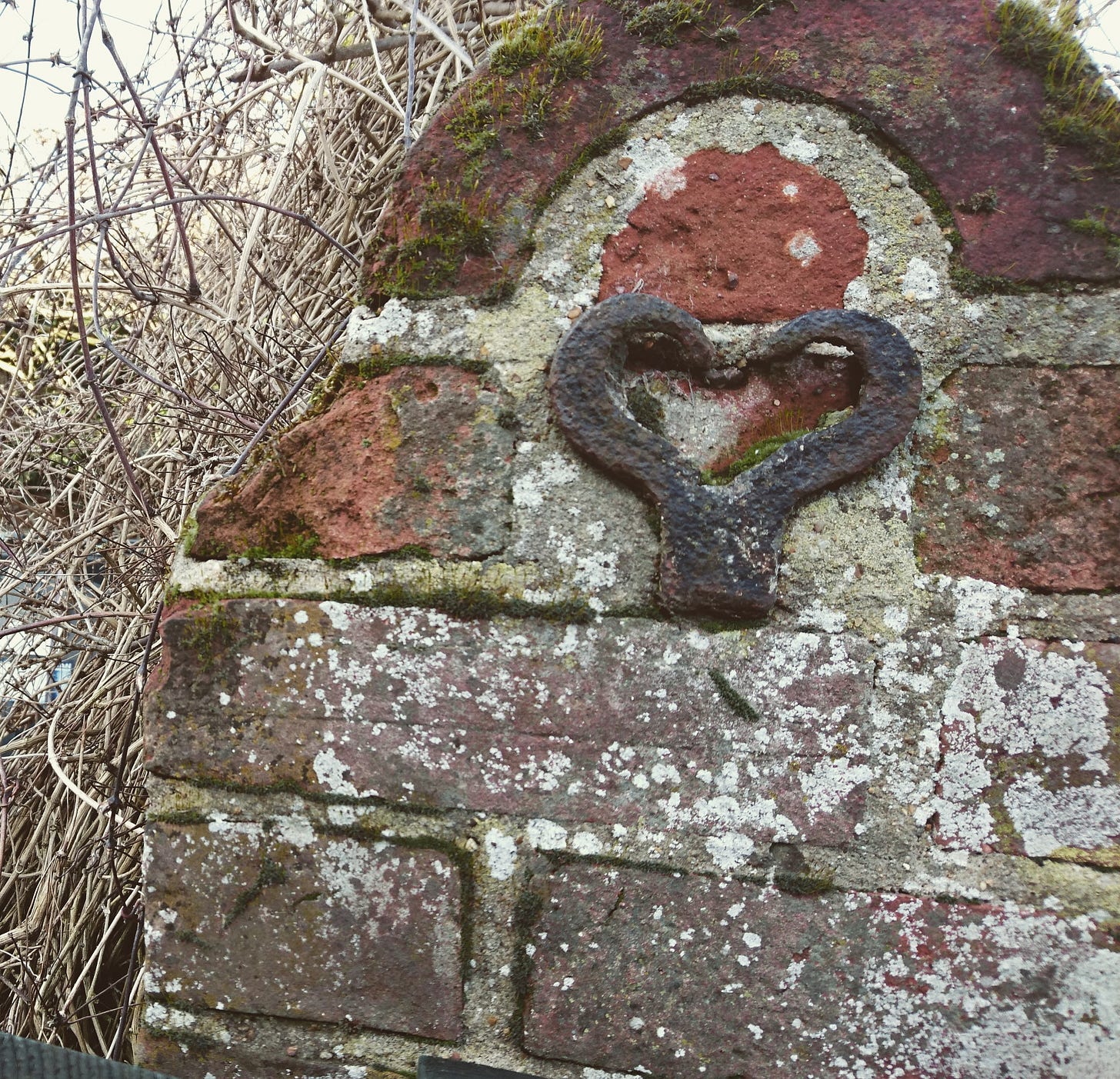
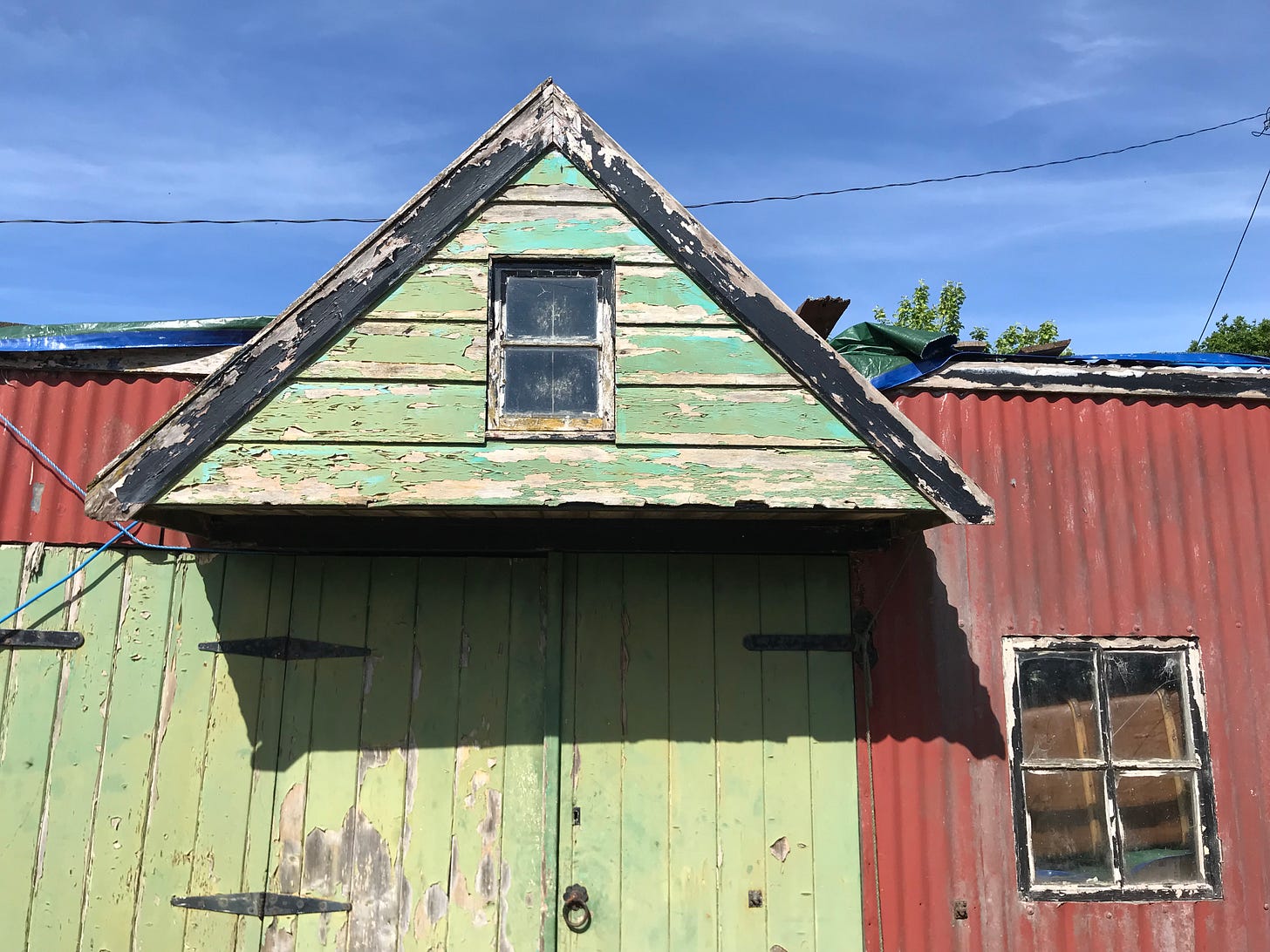


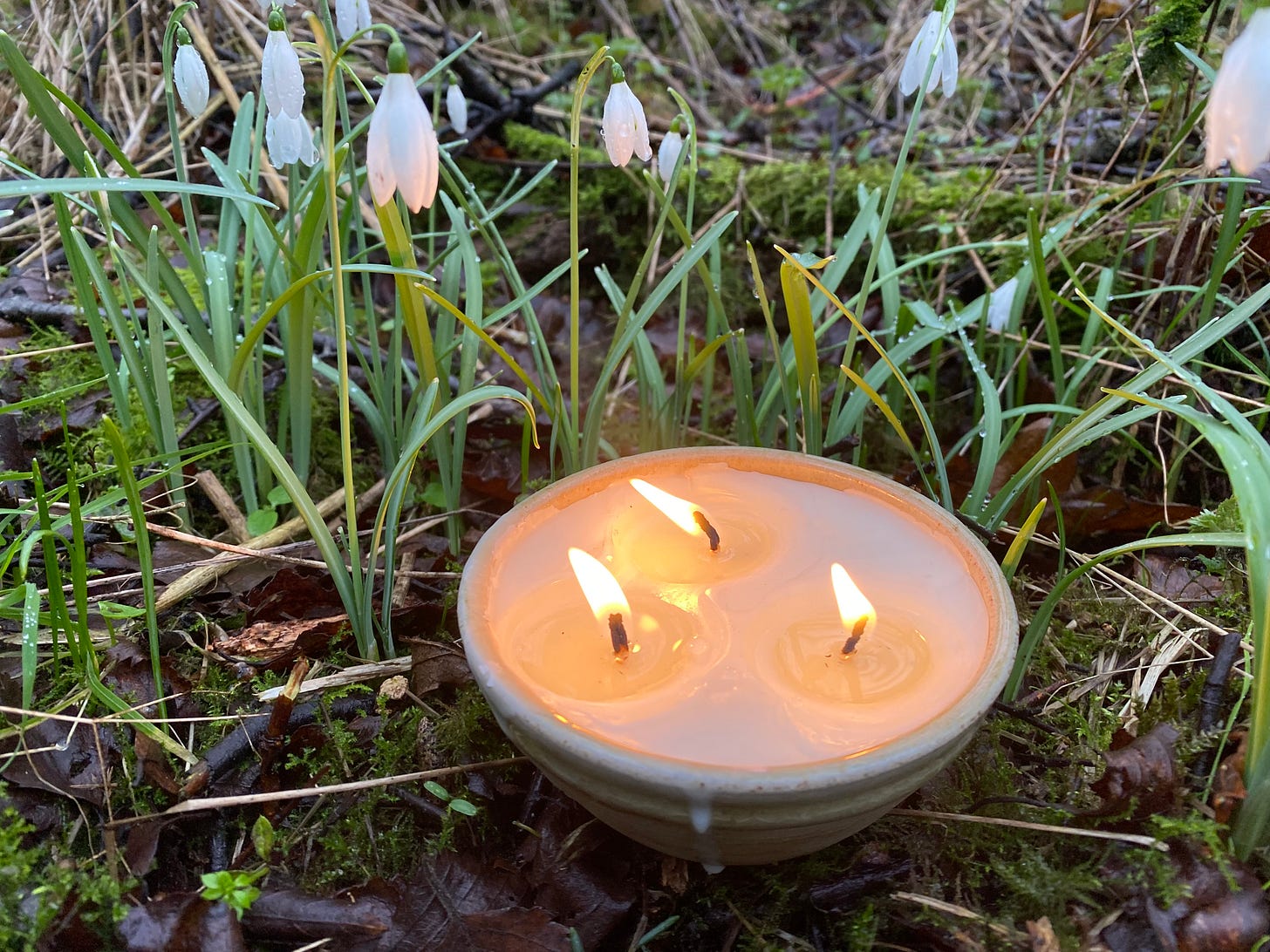
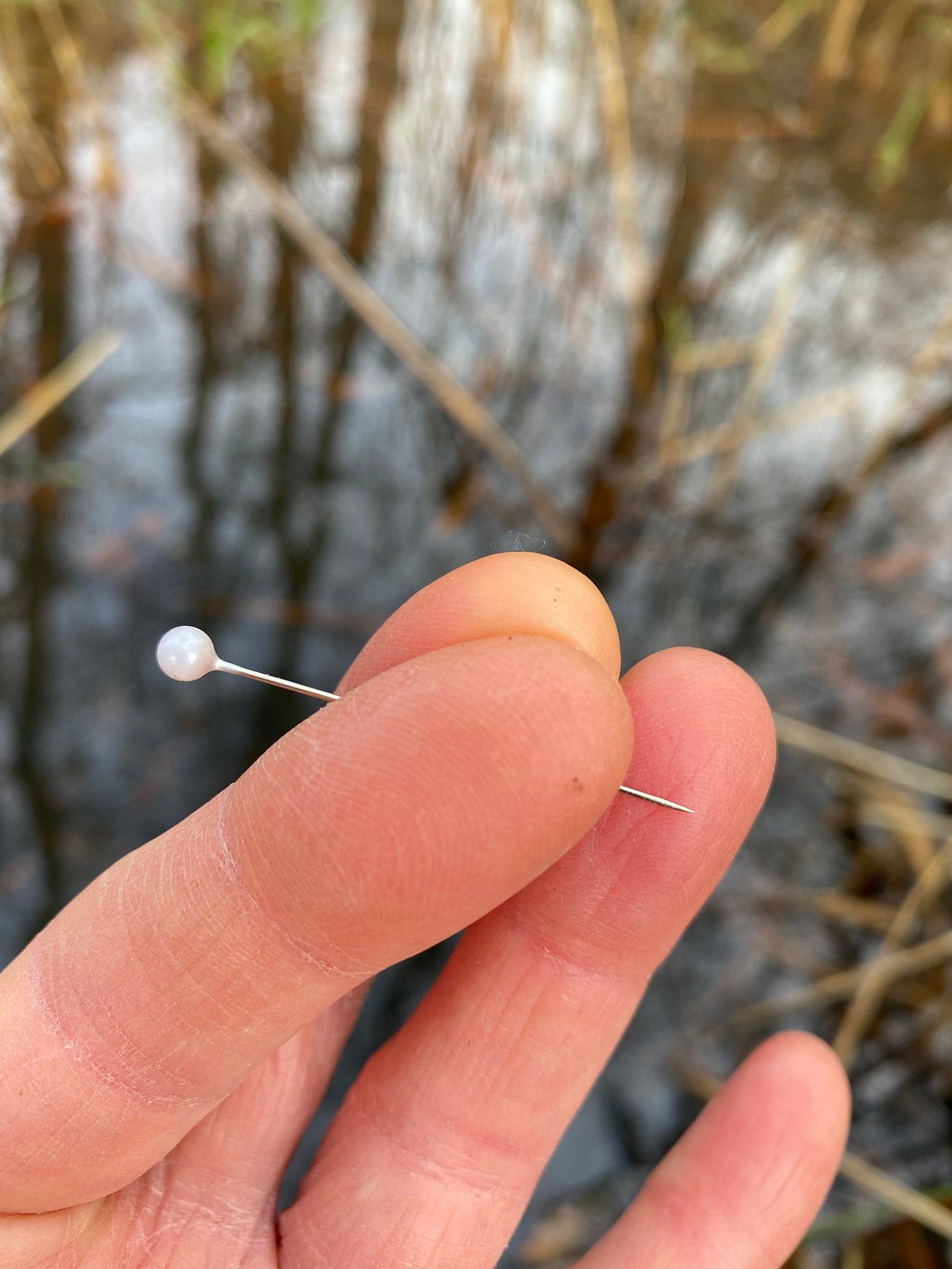
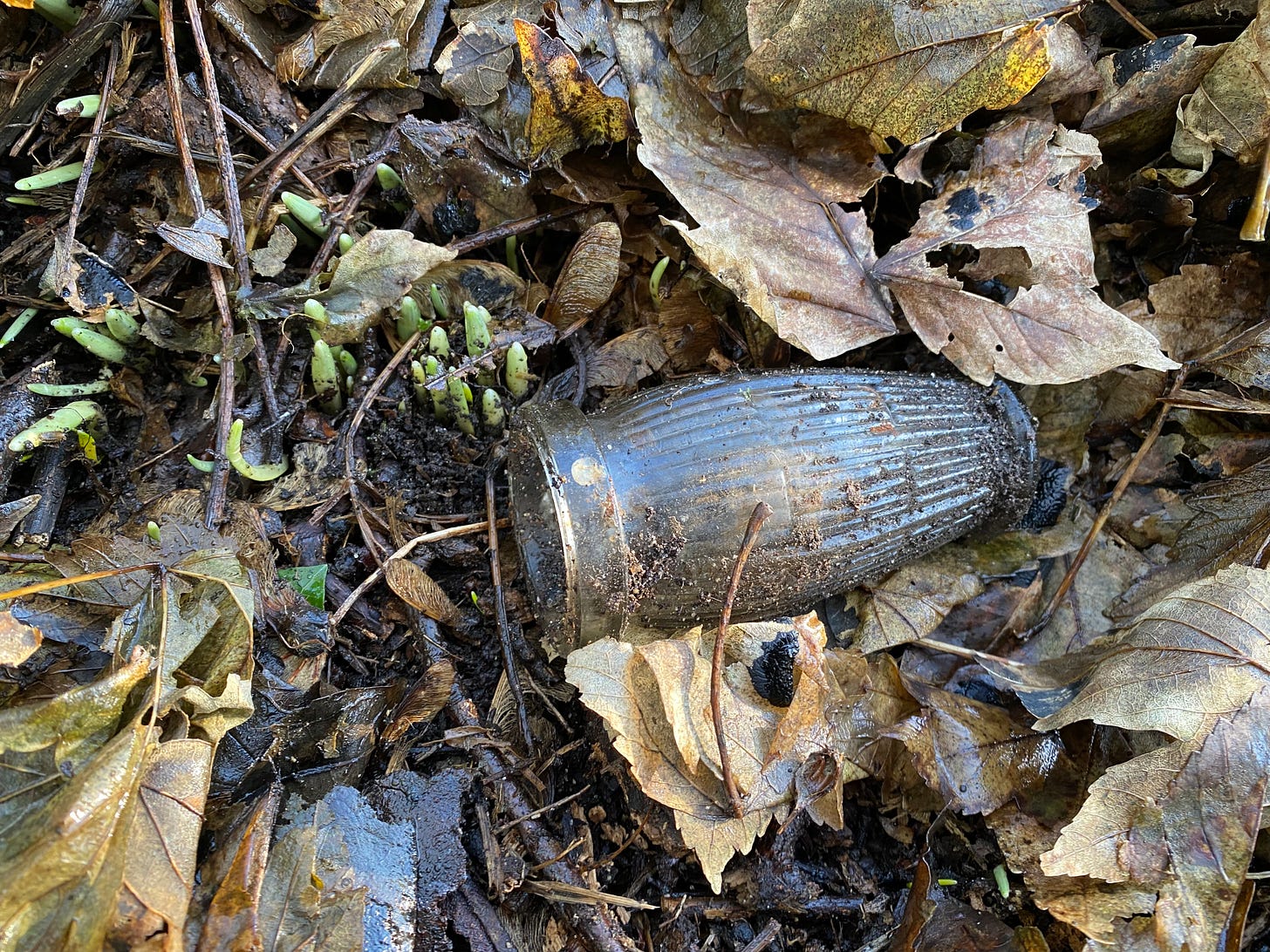
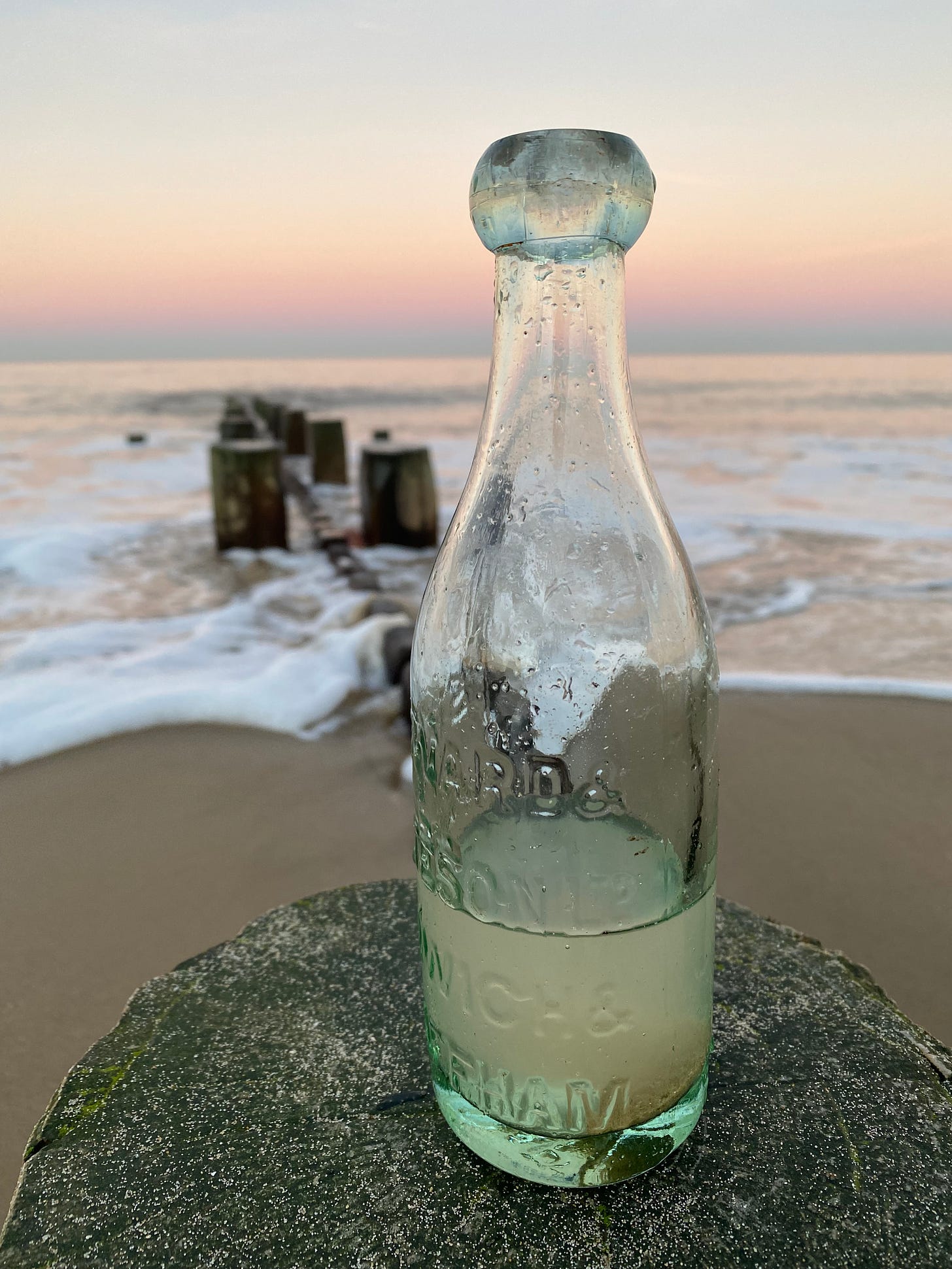

Thank you Imogen that was just an amazing piece to view and read. Congrats on your Old Shop anniversary ! I love the flint and brick wall, your beautiful photos especially of the snowdrops make me miss home. I have been blessed to visit Norwich and Ely Cathedrals many years ago , two beautiful Cathedrals I remember Mother Julians cell.A visit to Walsingham (in the early days 60 yrs ago when it was all candle light, no electricity) and a few times as an adult. The writing about St Pega was fascinating( my maternal family has long roots in Huntingdon many happy picnics by the River Ouse)
I shall always think of her now when celebrating my bday on Jan 8th.
Many heartfelt thanks for sharing all your blessings of Norfolk nature of earth, sea and sky.
Love from Canada
Denise xo
How I wish I had one of those candles 🕯️ 💙